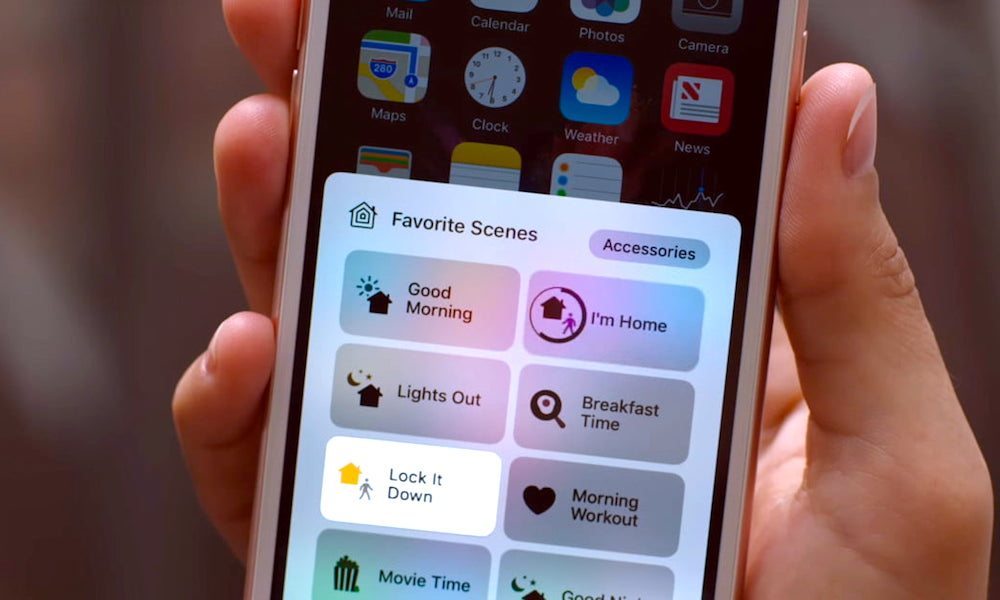Bluetooth Mesh Networking Expected to Revolutionize HomeKit and More
 Credit: MacRumors
Credit: MacRumors
Toggle Dark Mode
Mesh networking is coming to Bluetooth, and its addition could revolutionize the wireless communication standard’s use in everything from home automation platforms like Apple’s HomeKit to large-scale city infrastructure.
What Is Mesh Networking?
Put simply, mesh networking will allow for many-to-many (m:m) device communications via Bluetooth, making it ideal for a wide range of Internet of Things applications. In fact, the new tech has been optimized for the creation of large-scale networks, according to the Bluetooth Special Interest Group (SIG), the organization that oversees the wireless communication standard. The group detailed the change in a blog post on Tuesday.
Bluetooth LE mesh works by bouncing data between a network of devices, instead of just relying on a basic point-to-point wireless connection. Essentially, this can extend the range of a connection from a few hundred feet to, potentially, an entire city. If a particular device is out of range, for example, a signal can simply be rebroadcast from another device on the network. The network can basically reattempt this until the message finally reaches this destination. According to the SIG, Bluetooth LE’s mesh networking can support networks ranging from tens of devices to thousands.
In home automation applications, Bluetooth mesh could allow for a more seamless network where virtually no area in a home is a dead spot or out of range. Additionally, it could mitigate the effects of obstacles on wireless signals, leveraging the network to bounce around walls and other surfaces. While HomeKit predominantly relies on Wi-Fi, it also uses Bluetooth for a range of applications. Mesh networking means that Bluetooth could be a more viable solution for connecting an entire house with HomeKit devices without the use of range-extending hubs.
Benefits of Bluetooth LE
In comparison to Wi-Fi, Bluetooth LE is fairly low-bandwidth, but is currently much more energy efficient and often provides a more reliable connection. That makes it especially attractive for home consumers, particularly if devices only need to send and receive small amounts of data. But Bluetooth mesh can also benefit the commercial and industrial sectors, and the new capability potentially brings us one step closer to a “smart city,” where everything — from street lighting to transportation infrastructure — can communicate with each other seamlessly.
For users worried about security, especially in light of recent, large-scale IoT attacks, Bluetooth LE mesh will encrypt all communications sent through the network. Furthermore, the data will be authenticated using three types of keys, making it even more secure and ideal for consumer and industry customers who are concerned about the handling of sensitive data.
The SIG said that devices that currently support Bluetooth 4.0 or 5.0 can use mesh networking with a firmware patch, which means Apple devices as old as the iPhone 5 will support the new feature. While it takes about six months for manufacturers to adopt new Bluetooth standards, mesh networking can roll out much sooner because it doesn’t require any new hardware. Additionally, Apple has historically been an early adopter of new Bluetooth tech, meaning that users of the company’s products could be among the first to receive it.






